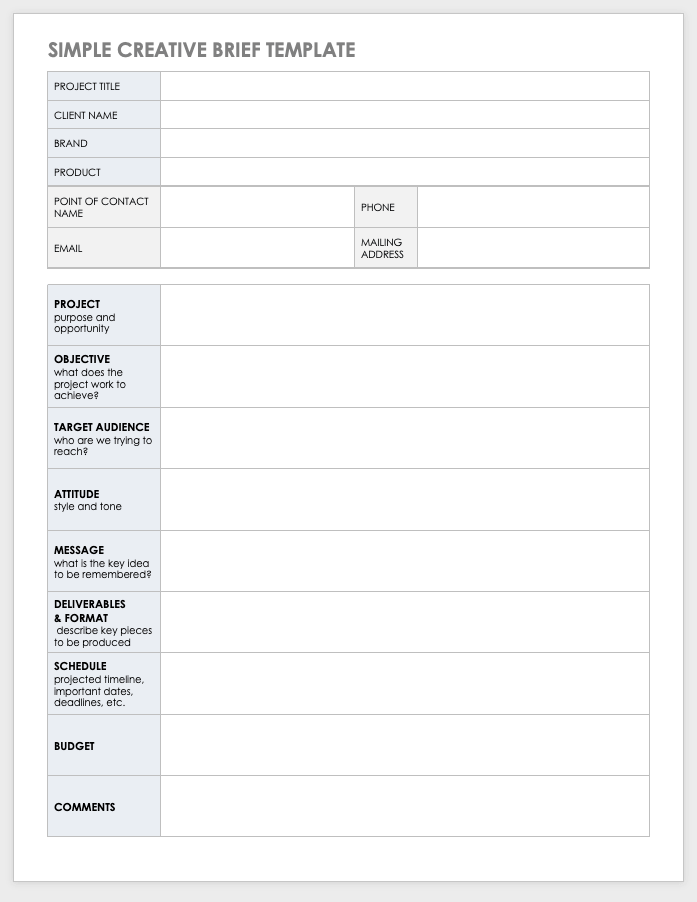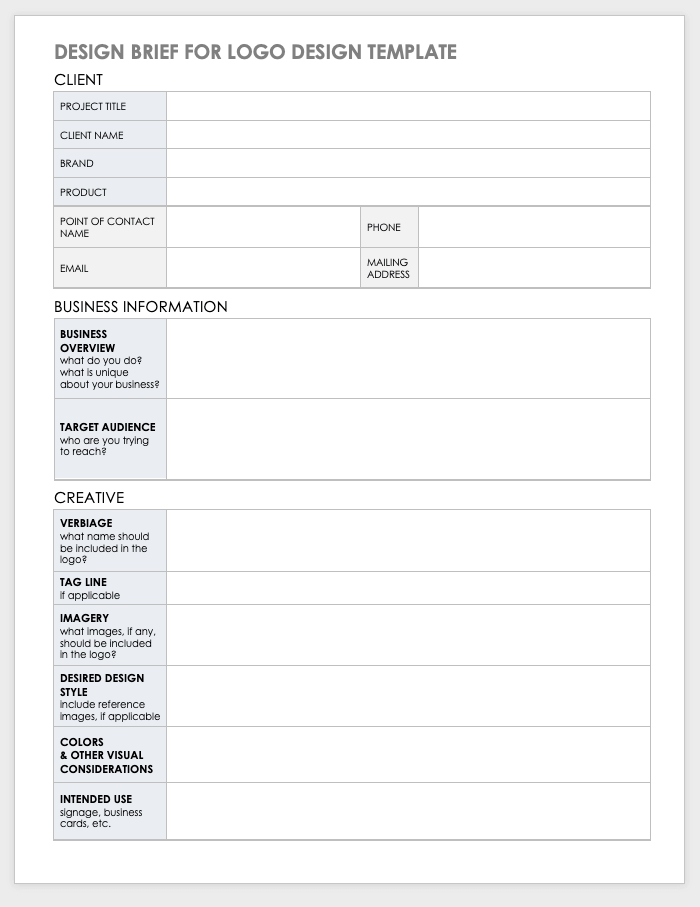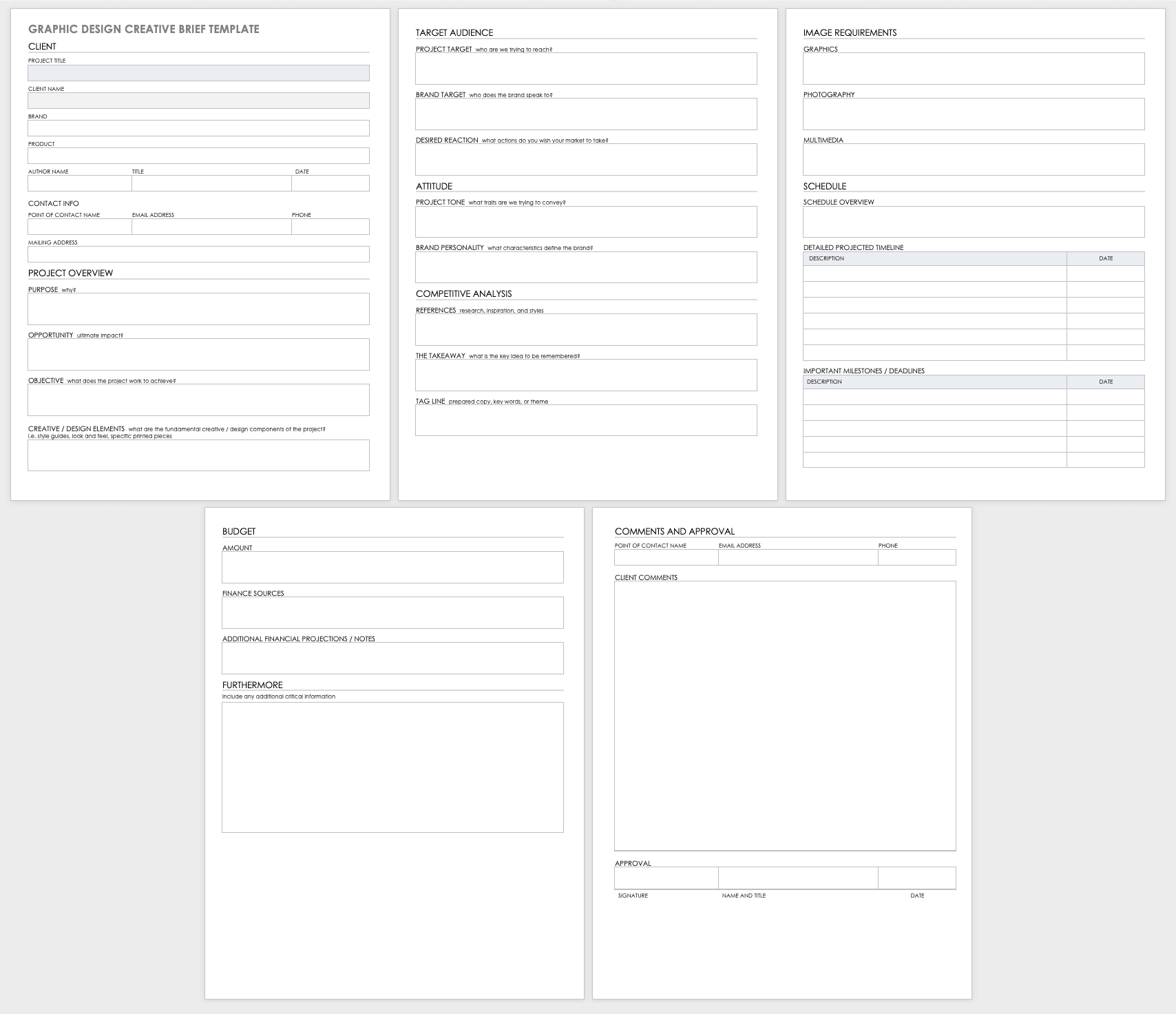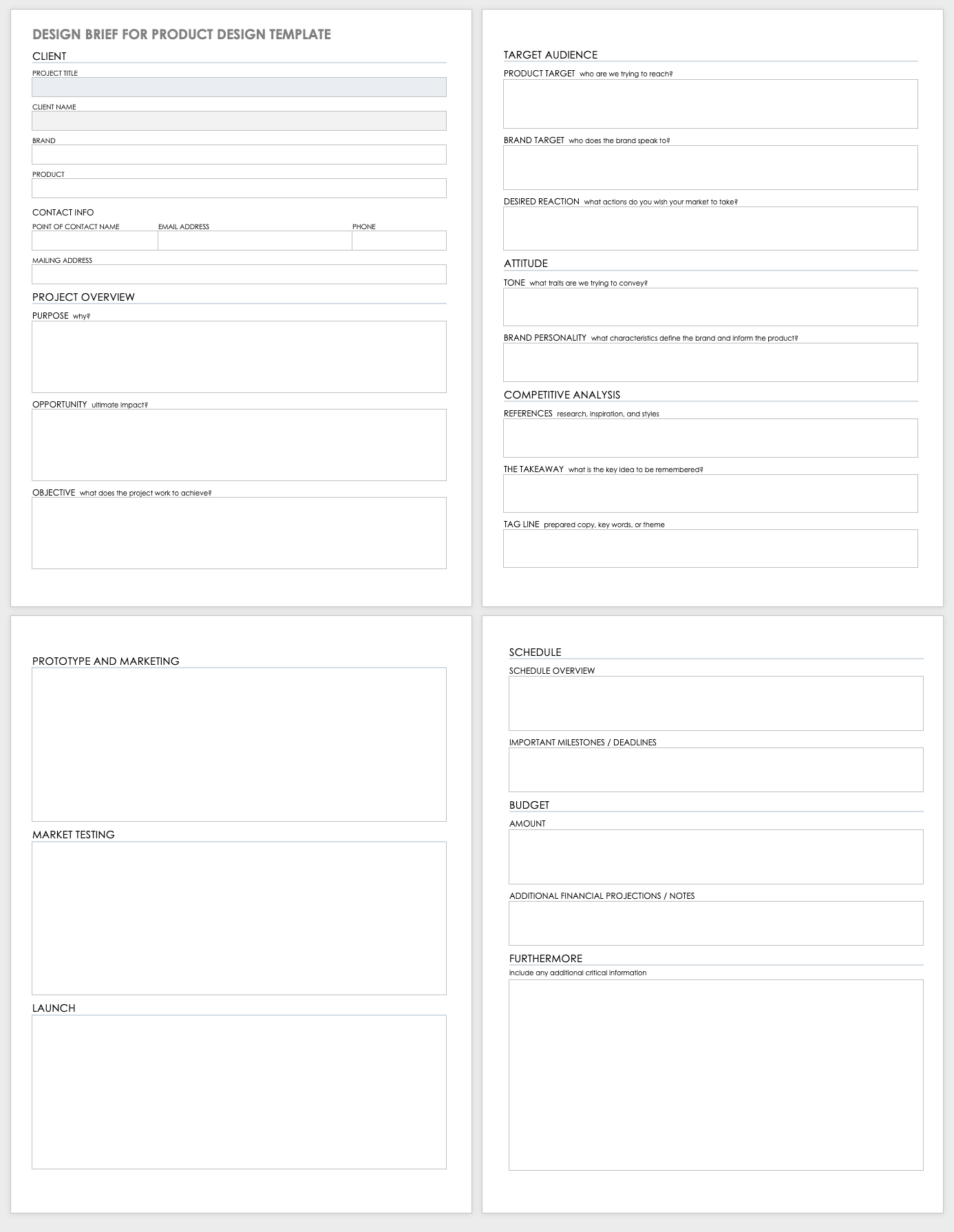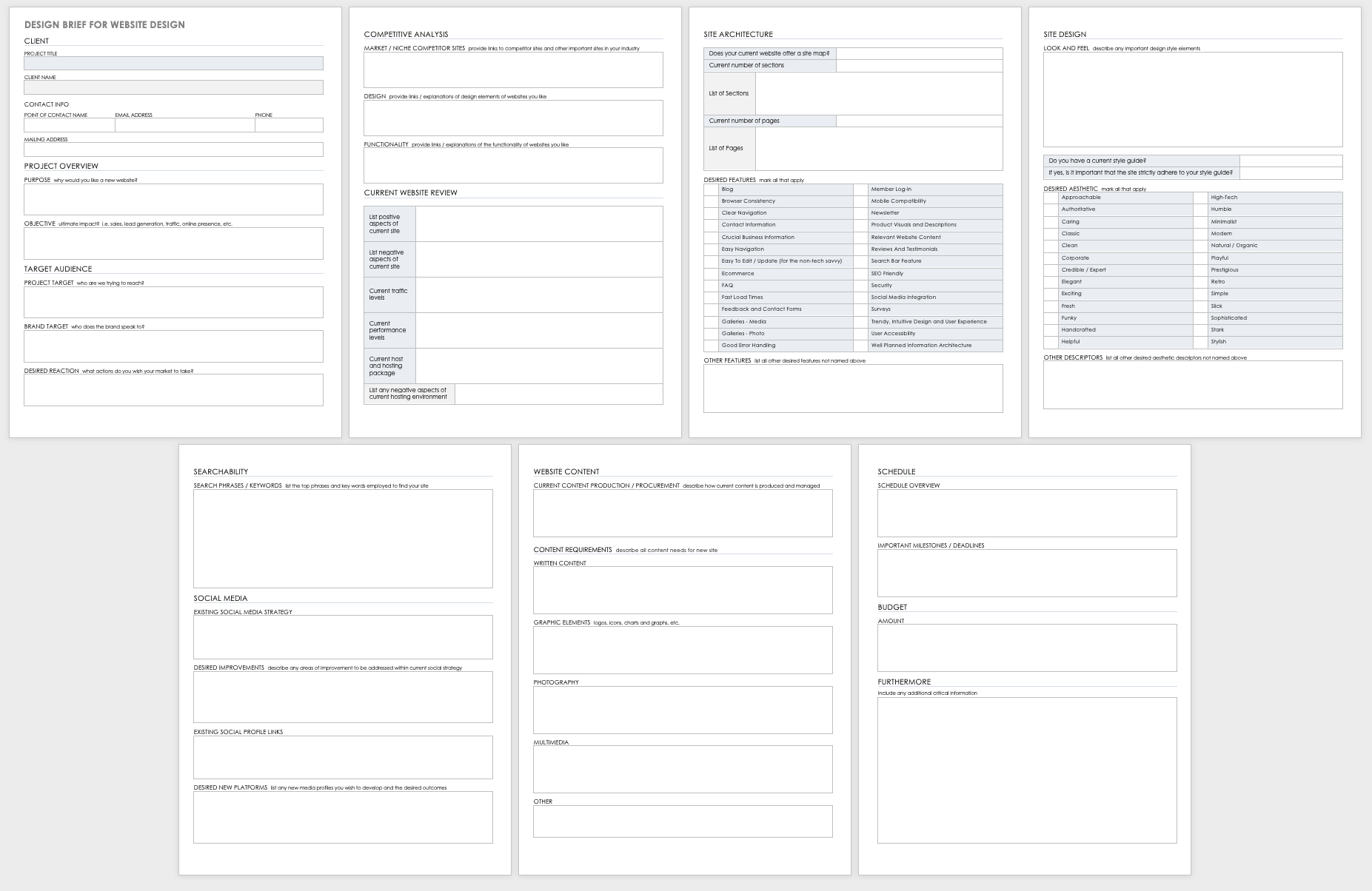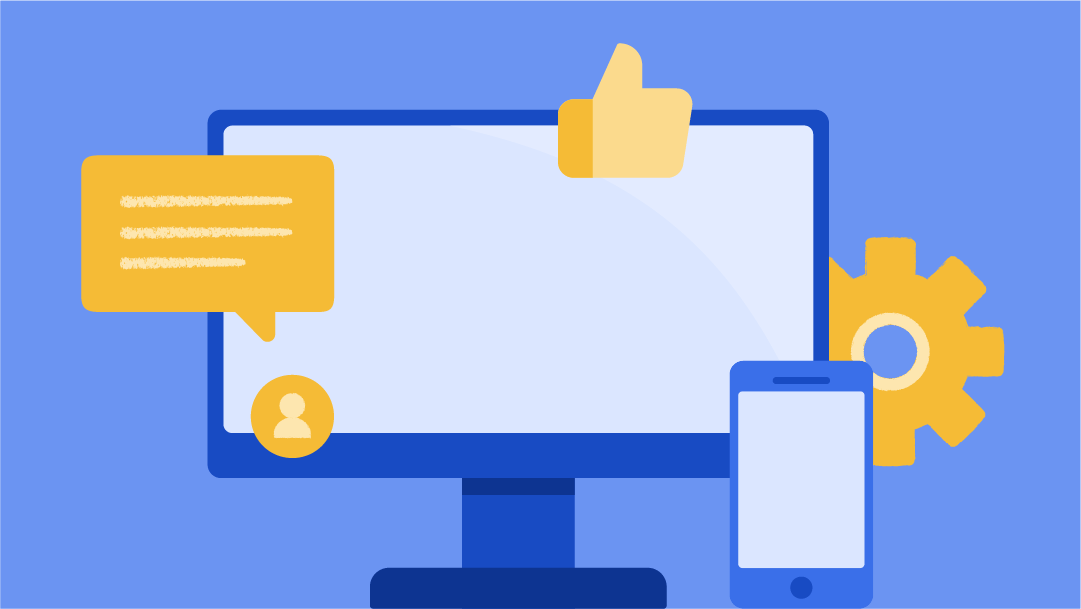What Is a Design Brief?
A strong design brief helps both clients and designers capture design ideas and preferences, as well as customer and target audience marketing details, and it documents the process at every step — matching what is desired with what is feasible. Whether you’re a designer, client, or product or project manager, you need assurance that a product, project, or service will be designed effectively and executed without a hitch, come launch.
Whether it’s for a logo, interior, product, or website design, a design brief should encompass every detail and possible obstacle, and it should guide the project all the way to successful completion.
The Benefits of a Design Brief
In short, a design brief is a roadmap for success. Just as you can’t build a house without blueprints, you can’t execute a great design project without a well-reasoned design brief. When you don’t have one, your design projects may experience scope creep, with changes constantly derailing agreed-upon design details, resulting in the scope shrinking or expanding at the whim of stakeholders.
A design brief not only defines the scope of a design project, but it also helps keep everyone in agreement and the project on track. It’s an agreed-upon, vital contract that guides both clients and designers from initial ideation all the way to a strong, viable end-product.
Your design project’s success rests primarily on the degree to which you use a design brief effectively. It should serve as a record of ideas and their implementation, as well as a contract between designer, client, and other invested parties.
How a Design Brief Works
A design brief creates a living record of ideas, options, and choices for a design-centric project. It allows clients and designers to work closely together, from initial brainstorming sessions to project execution. Designers can use it as a mood board to capture a client’s initial ideas, and then flesh out the details and logistics for execution.
Additionally, the design brief serves as a way to record the details about any changes or obstacles the project experiences. From there, you can continue toward project completion; the brief serves as an understanding between clients and designers. This keeps all parties on the same page — and drastic midproject changes in check — as the design brief assures designers and clients that ideas must be realistic according to time, budget, or other constraints.
In short, a design brief offers assurance. It not only provides reassurance that a design project will succeed, but also serves as insurance — in case of a roadblock, you can review, alter, and then set back the design brief on target for eventual launch.
Design Brief Templates
Simple Design Brief Template
This simple design brief template allows designers and clients to work side by side in order to collect the design’s requirements in one place. Start with client-specific details, and then enter details pertaining to the project, objective, target audience, style and tone, message, deliverables, format, schedule, and budget. This uniquely customizable design brief template is a living, breathing contract between client and designers — from initial ideas to launch — and is an excellent solution for keeping design specifics in a single location.
Download Simple Design Brief Template
Design Brief for Logo Design
A logo is a graphical symbol for a company — the company’s visual identity. Logos are challenging to design because a lot rides on them. This design brief for logo design provides designers with all the required details to create a successful company logo, including information about the business, desired design style, audience, usage (signage, business cards, etc.), emblems, mascots, colors, and other visual considerations.
Download Design Brief for Logo Design Template
Design Brief for Graphic Design
Good graphic design is effective visual communication, but great graphic design solves problems through the successful use of design elements. Use this customizable design brief for graphic design to create a mood board that helps you capture details for your project. Whether you need to consider client-specific details or audience, or to drill down into the particulars of typography and illustrations, this design brief for graphic design captures design details for a graphically rich project, and it provides space to include client and project details, objective, creative design elements, target audience, and more.
Download Graphic Design Creative Brief Template
Excel | Word | Google Docs | Smartsheet
To learn more about the creative brief process and to find additional resources, read “How to Write a Creative Brief.”
Design Brief for Interior Design
When it comes to interior design, you want your client to feel as comfortable as possible in their desired environment. Use this design brief for clients and designers alike. Take your client’s initial ideas about designing a space’s interior, and then provide them with suggestions and improvements on their ideas, as well as solutions to any interior design-related challenges. This interior design brief provides space to capture client and project information, lifestyle details, style preferences, measurements, floor sketches, and more.
Download Design Brief for Interior Design
Design Brief for Product Design
When creating a design brief for a product, you not only have to consider how it looks, but also how the product provides meaningful and relevant experiences for users. But before you can start moodboarding with a client, you must first define the following:
- What are the product’s functionality and features?
- Why are people motivated to use it?
- How is the product used, and how accessible and easy is it to use?
Considering the above questions can help you assist your client with their product design. Then include the following in your product-centered design brief:
- How does it help users?
- What problem does the product solve?
- What opportunity does this product offer?
- How can the product be defined?
With these questions in mind, you’re ready to work hand in hand with your client to create a successful product with this unique design brief.
To learn more about this process and to find additional resources, read “The Definitive Guide to Integrated Product Teams and Integrated Product Development.”
Download Design Brief for Product Design
Design Brief for Website Design
The key to creating a successful website is to ensure that its design-rich, engaging exterior works seamlessly with all of the coded functionality behind it. Track the impact on your business and product performance with the easily fillable design brief for website design template below. When creating a website design brief, consider the following:
- Who are the website’s users?
- What is the look and feel of the desired site?
- How will this website improve the company’s brand?
- How will you ensure this site will be mobile-friendly?
- How easy will it be to navigate the site?
- Due to design brief considerations, will the site increase web traffic overall?
Use this comprehensive design brief for website design to ensure that you take into account all design components — and programming considerations — from the get-go, so that your dynamic website is up and running in no time.
To learn more about this process and to find additional resources, read “Key Elements of User Interface Design and How to Use Them When Designing an App or a Website.”
Design Brief for Website Design
How to Write a Design Brief
Whether you need to capture design-specific information for logo design, graphic design, interior design, product design, or website design, the right design brief template can help you make sure you’re getting all pertinent details. You also need the right template to assure stakeholders that mission or scope creep don’t derail the client’s design project.
Additionally, whether you’re the designer or the client, avoid working in a silo. Instead, work side by side with each other so that you have a mutual understanding of what’s expected of the design project initially, its progress, and its objectives and required deliverables.
When using a design brief, it’s helpful to remember two golden rules:
- A good design brief leads to the successful launch of a product, service, or environment.
- A product cannot succeed in today’s competitive market without a great design brief to start.
Successful Components of a Design Brief
Although the subject matter will determine the specifics of a design brief, the following components are crucial to ensure adherence to typical design plans, as agreed upon by designer and client:
- Project Name/Title: Enter the name or title of the design brief (either how you or the client refer to it).
- Client Details: Include all of your client’s contact information (name, phone number, email, etc.), as well as their business, what they do, what they sell, and so on.
- Project Details: Enter all relevant project summary, research sources, scope, findings, and research details.
- Objective: Provide details of the client’s goals, desired outcomes, and measurable objectives.
- Creative/Design Elements: Record all of your client’s desired design elements. (This is a perfect opportunity for moodboarding to determine what they like design-wise and why they like it, as well as to inspect existing design models for what they’re looking for.)
- Target Audience: State the target audience for the design project.
- Attitude: Describe the project’s tone. Does the client’s brand have a personality? What is the attitude that the client wants to convey with this design project?
- Competitive Analysis: Capture any competitive-analysis details. Who — or what — is the design project’s competition?
- Image Requirements: List the media that the client wants for the design project (graphics, photography, multimedia, etc.).
- Schedule: Define the projected timeline for the design project. What are the important dates and deadlines?
- Budget: Provide details of the client’s budget, including monetary amounts (or another medium of exchange), financial sources, or notes on additional financial projections.
Improve Your Design Brief Process with Real-Time Work Management in Smartsheet
The best marketing teams know the importance of effective campaign management, consistent creative operations, and powerful event logistics -- and Smartsheet helps you deliver on all three so you can be more effective and achieve more.
The Smartsheet platform makes it easy to plan, capture, manage, and report on work from anywhere, helping your team be more effective and get more done. Report on key metrics and get real-time visibility into work as it happens with roll-up reports, dashboards, and automated workflows built to keep your team connected and informed.
When teams have clarity into the work getting done, there’s no telling how much more they can accomplish in the same amount of time. Try Smartsheet for free, today.
